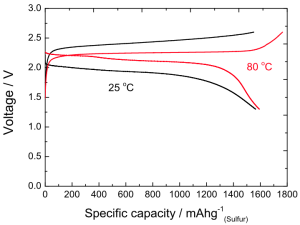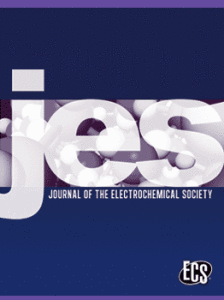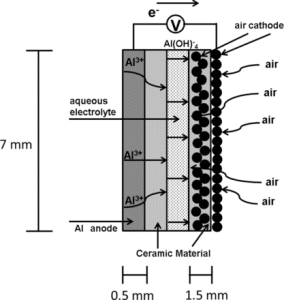When it comes to battery research and technology, people are constantly looking toward the lithium-ion battery to see the next big breakthrough. However, researchers at the chemical company BASF are showcasing and older battery type as a strong competitor against the li-ion.
BASF researchers are taking the nickel-metal hydride battery (NiMH) and giving it a boost to lead to cheaper electric cars. The assumption for electric car makers it that improvements in the lithium-ion battery will make cars cheaper and extend their driving range. While that may be true, the NiMH may also be able to do this with a little improvement.
The chemical company has already been able to double the amount of energy these old battery types can store, thus making them comparable to the lithium-ion. Researchers also state that there is still much room for improvement – with the potential to increase energy storage by an additional eight times.
Further, the batteries are set to cost roughly half as much as the cheapest lithium-ion battery.





